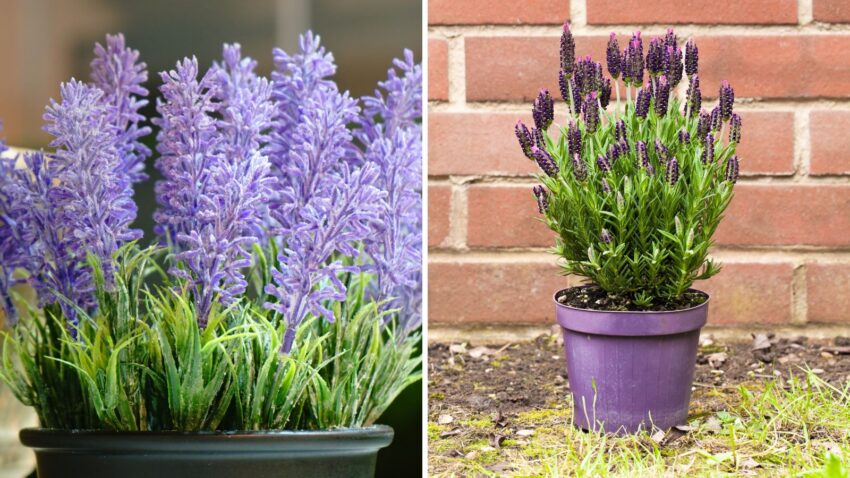How to Successfully Grow and Harvest Lavender Plant

Lavender is an herbaceous plant that belongs to the mint family. It is a woody, evergreen shrub with violet-blue flowers that bloom in mid-summer. The plant is native to the Mediterranean region but has been cultivated for centuries in Europe and North America. The name “lavender” comes from the Latin word “lavare” which means “to wash” – referring to the fact that lavender was often used as a fragrance in laundry detergents and soaps. Lavender plants can range in size from 6 inches (15 cm) to 4 feet (1 m) tall, depending on the variety. They have long, thin leaves and they produce a strong aroma when their flowers are crushed.
Soil, Planting, and Care
Lavender is a very versatile plant, which can grow in most climates. To make sure you have success growing lavender at home, follow these guidelines: choose young plants that are strong and vigorous, plant them 12-18 inches apart with full sun for the best results!
Plant lavender in well-drained soil with a pH between 6.7 – 7.3, to help the plant tolerate heavy rainfall and damp conditions; avoid planting it near sources of standing water or on poorly drained plots because these will cause rot!
To increase drainage, plant lavender around slopes or in a raised bed with premium soil.
Lavender grows in a variety of environments and needs proper drainage. When you grow lavender in a pot, use high quality soil.
By feeding your lavender flowers, you’ll produce a lot of beautiful and fragrant flowers!
Troubleshooting
Lavender requires well-draining soil and a lot of air circulation. We recommend not watering your plants too often and to reposition them as needed so they get proper airflow.
To avoid this problem, mulch with pebbles or sprinkle sand around plants to speed up the process of water evaporation. You can also trim your flowers back and in a way that will thin out the plant base, which will allow the air to circulate more easily.
Harvest and Storage
Harvest lavender flowers anytime they are in bloom. I prefer to cut them before they fully open, so that you can enjoy their beautiful fragrance for months!
To dry flowers, a bunch of stems should be collected and hung upside-down in a dark, well-ventilated space to keep them from wilting and look good.
Conclusion
Lavender is a beautiful and fragrant plant that can add a touch of elegance to any garden. If you’re thinking about growing lavender, be sure to follow the tips in this article to ensure a successful harvest. With a little bit of care and attention, you’ll be able to enjoy the sights and smells of lavender in your own backyard for years to come.